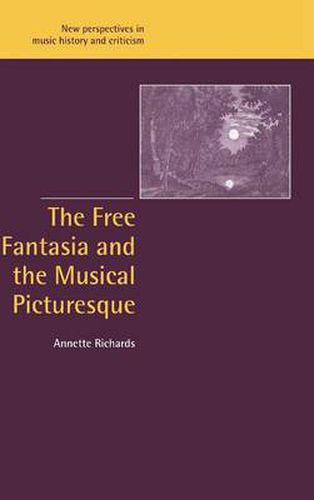Readings Newsletter
Become a Readings Member to make your shopping experience even easier.
Sign in or sign up for free!
You’re not far away from qualifying for FREE standard shipping within Australia
You’ve qualified for FREE standard shipping within Australia
The cart is loading…






A crucial category across all the arts in the late eighteenth entury, the picturesque has lost its currency in modern musical criticism, in spite of its rich potential to shed new light on the fantastical elements of instrumental music in general and the genre of the free fantasia in particular. Just as English garden architecture, in which the picturesque found its origins, was changing the landscape of continental Europe, the fantastical elements of irregularity, temporal displacement, ambiguity, interruption, and self-referentiality in the music of C. P. E. Bach, Haydn, and Beethoven were both lauded and criticized in terms borrowed from the discourse of the picturesque. This study reaffirms the centrality of the free fantasia and fantastical gesture in late eighteenth and early nineteenth-century musical culture through an interdisciplinary approach that combines the visual, the literary, and the musical.
$9.00 standard shipping within Australia
FREE standard shipping within Australia for orders over $100.00
Express & International shipping calculated at checkout
A crucial category across all the arts in the late eighteenth entury, the picturesque has lost its currency in modern musical criticism, in spite of its rich potential to shed new light on the fantastical elements of instrumental music in general and the genre of the free fantasia in particular. Just as English garden architecture, in which the picturesque found its origins, was changing the landscape of continental Europe, the fantastical elements of irregularity, temporal displacement, ambiguity, interruption, and self-referentiality in the music of C. P. E. Bach, Haydn, and Beethoven were both lauded and criticized in terms borrowed from the discourse of the picturesque. This study reaffirms the centrality of the free fantasia and fantastical gesture in late eighteenth and early nineteenth-century musical culture through an interdisciplinary approach that combines the visual, the literary, and the musical.